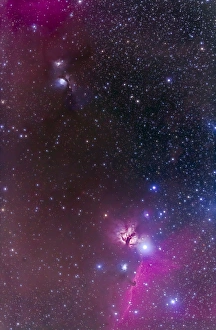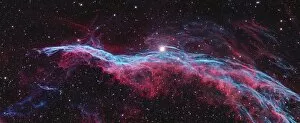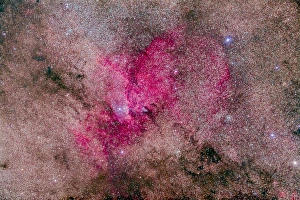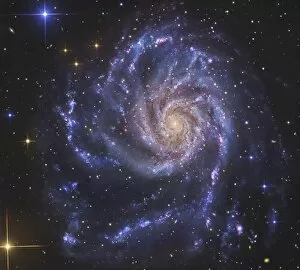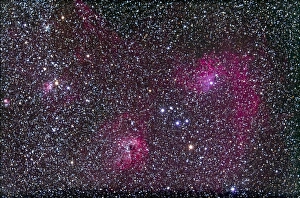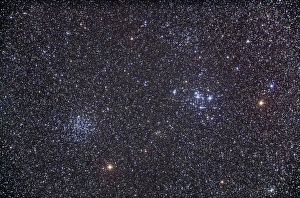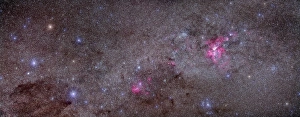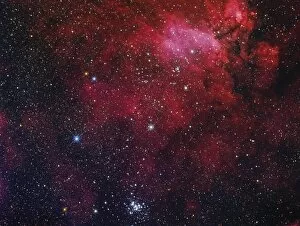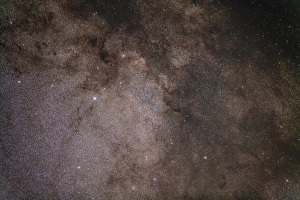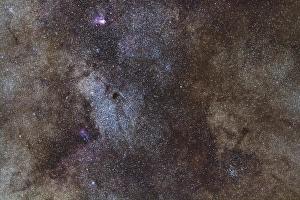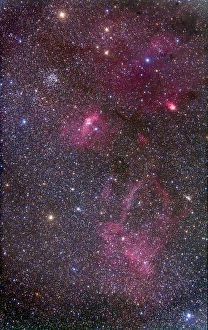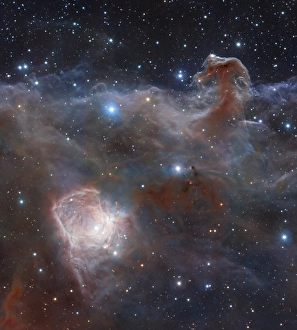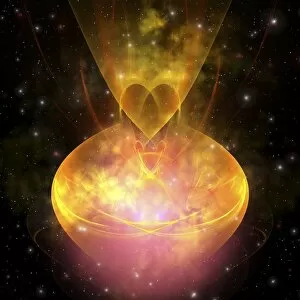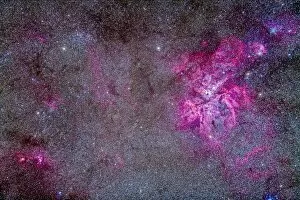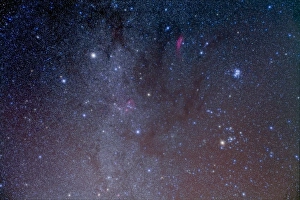Starforming Collection (page 8)
"Starforming: A Celestial Symphony Unveiled" Embark on a cosmic journey through the vastness of space, where celestial wonders await
All Professionally Made to Order for Quick Shipping
"Starforming: A Celestial Symphony Unveiled" Embark on a cosmic journey through the vastness of space, where celestial wonders await. Witness the birth of stars in mesmerizing detail as we explore breathtaking phenomena scattered across the universe. In M16, The Eagle Nebula in Serpens, pillars of interstellar gas and dust stand tall like ancient sentinels, nurturing new stellar life amidst their ethereal embrace. Meanwhile, The Orion Nebula captivates with its radiant beauty, illuminating the night sky with a kaleidoscope of colors that ignite our imagination. Venturing further into the cosmos, we encounter MACS J0717 - a colossal galaxy cluster that defies comprehension. Its sheer magnitude serves as a testament to nature's grandeur and reminds us of our place within this awe-inspiring tapestry. IC 2177 beckons us next; known as the Seagull Nebula for its resemblance to these graceful birds in flight. Here, star formation dances harmoniously with intricate patterns etched against an indigo canvas—a true masterpiece crafted by cosmic forces. The Pillars of Creation within The Eagle Nebula unveil secrets hidden within their towering columns—an enduring symbol of resilience and rebirth. In Auriga's Pinwheel Cluster and Starfish Cluster lies an enchanting spectacle where countless stars converge in celestial harmony—a sight that ignites wonder within our souls. As we traverse deeper into space's mysteries, Vela supernova remnant emerges from obscurity at the heart of Gum Nebula area—its remnants whispering tales of cataclysmic explosions that shaped galaxies far beyond our reach. Behold. The Whirlpool Galaxy (M51) embraces its companion galaxy tenderly—an eternal dance between two stellar entities locked forever in gravitational embrace—a reminder that even amidst chaos there is serenity to be found. NGC 6523 unveils itself as Lagoon Nebula—its ethereal glow captivating all who gaze upon its celestial waters.



